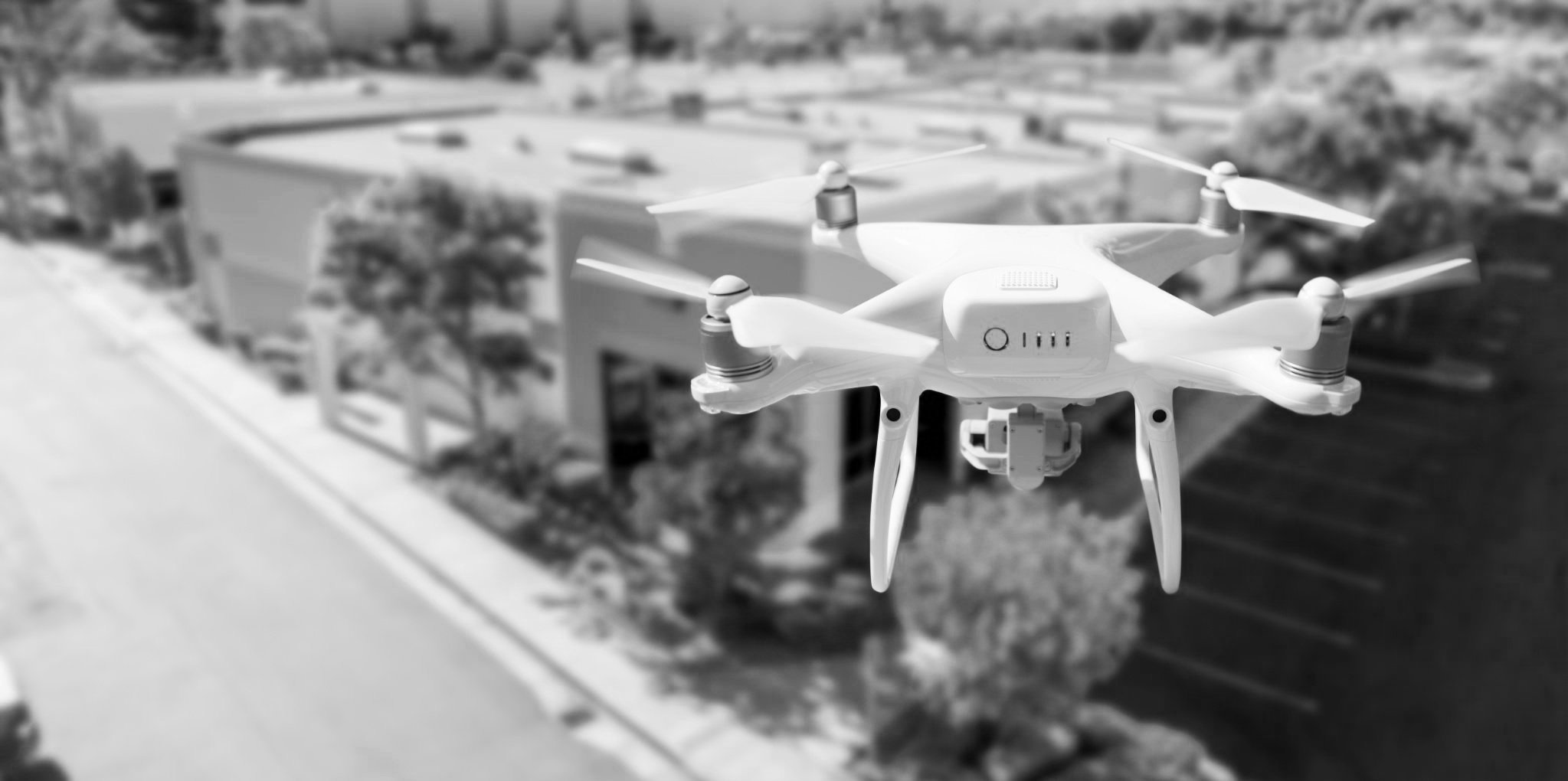
| CNI Security

Critical National Infrastructure (CNI) is fundamental to any nation's security and vital to public safety and economic continuity. Given its crucial importance, governments worldwide impose strict regulations and standards to ensure its protection. The CNI encompasses a wide range of systems, including but not limited to water supply and sanitation, agriculture and food production facilities, public health services, and emergency services such as the police, fire, and ambulance. Additionally, it could include telecommunications networks and other sites and organisations that may pose potential public-facing risks, such as facilities handling hazardous chemicals or materials and civil nuclear energy. Protecting and maintaining the integrity of the CNI is paramount to ensuring a nation's stability, resilience, and overall well-being. The implications of a successful CNI-orientated attack could be dire and potentially devastating to national security, public health, and safety.
Enter a new threat
In recent years, drones (uncrewed aerial vehicles/UAVs) have emerged as a pressing security challenge, posing a potential threat to the Critical National Infrastructure (CNI) if misused within strategic locations. Their unmatched mobility, ability to evade detection, and capacity to bypass traditional security measures make them formidable tools in the wrong hands. Facilities, utilities, ports, and harbours under governmental control, which are the backbone of our nation's security, are highly susceptible to espionage and terrorism, and the use of domestically available drones is increasingly becoming a preferred tool for such activities.
UAVs are not just a single threat but a versatile tool employed for various purposes, including intelligence gathering, breaching security in a classified area, or posing a threat at a sensitive location. The pilot's ability to operate from a safe distance and receive sensitive information transmitted from the rogue drone further complicates the task of real-time breach detection for security personnel.
This proliferation of drones has led to increased concerns about their potential misuse for nefarious activities, including espionage, smuggling, and even terrorist attacks, underscoring the necessity for more advanced countermeasures. The development and implementation of these countermeasures are crucial to safeguarding sensitive information and critical infrastructure from potential security threats.





